“One small stomp for man… one giant leap for chorus, delays and reverbs”: Zoom updates one of the best-value multi-FX on the market with the MS-70CDR+ MultiStomp
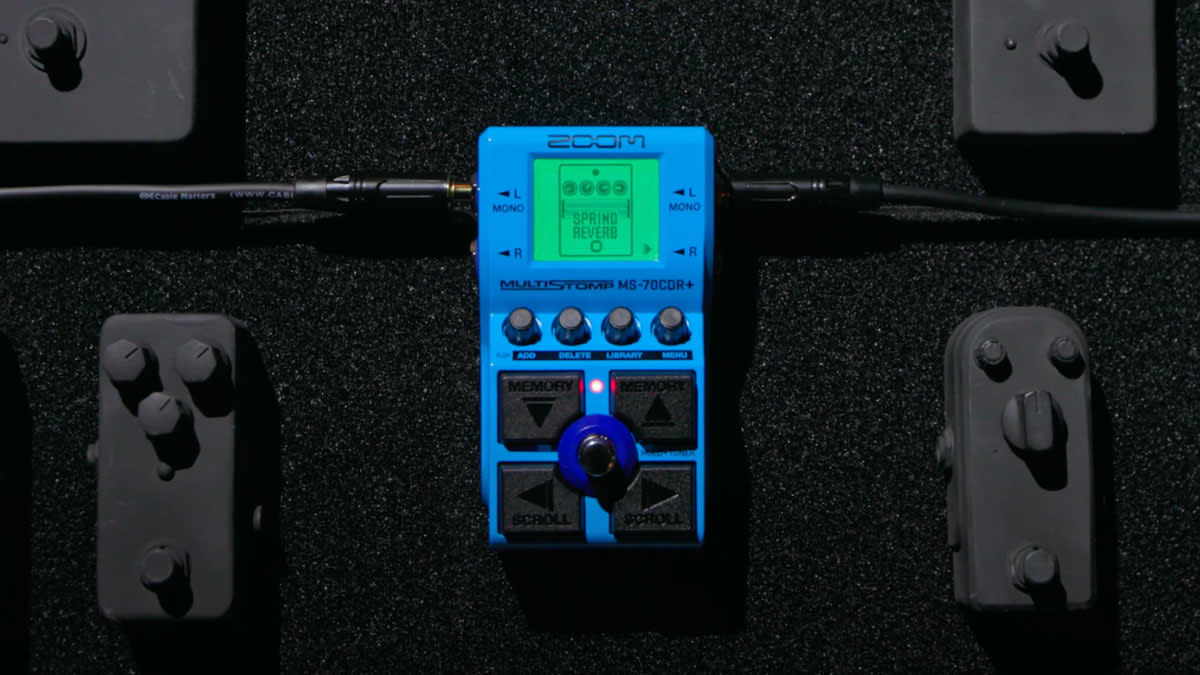
It was never the sexiest-looking pedalboard addition, but Zoom’s debut MultiStomp multi-effects pedal launched a quiet revolution when it landed way back in 2012. The MS-50G gave guitarists a way to call upon an entire arsenal of effects in one compact unit – ideal for that one song in the set that calls for a flanger or uni-vibe.
A number of spinoffs followed, but it was the MS-70CDR Chorus Delay Reverb that really captured guitarists’ imaginations. With emulations of Strymon’s Ice Delay, Eventide’s Black Hole and a wealth of reverse and spacious reverbs, it quickly became a favorite among ambient and shoegaze players.
To this day, the pedal has an active Reddit community, creating patches to emulate more esoteric boutique pedals with the CDR’s rudimentary signal chains.
So, when Zoom unveiled an updated version of its OG MultiStomp back in October 2023, we hoped and prayed that a new MS-70CDR was on the cards. The seeds were sown at NAMM, but now the MS-70CDR+ is here, and while the look hasn’t changed much, it builds on its predecessor’s legacy in a number of ways – so many, in fact, that Zoom has dubbed it “One small stomp for man… one giant leap for chorus, delays and reverbs”.
Let’s start with the numbers: the MS-70CDR+ boasts 149 effects versus the original’s 86. 43 of these new sounds come under the Chorus banner, but actually include phase, flange, tremolo, vibrato, detuning and pitch-shifting. The 29 delays span reverse and multi-tap offerings to pitch-shifted and oscillating repeats, while there are a whopping 33 reverbs onboard, including spring, plate, hall, arena and shimmer.
Finally, the feature set is rounded out with 44 dynamic/filter options, which includes all the nice-to-have stuff like EQs, compression, noise reduction and, intriguingly, “special effects”.
Up to six effects can be used simultaneously and saved in up to 100 user presets, while new 24-bit conversion and 32-bit processing promise a noticeable increase in sound quality over the original.
In the demo from perpetually upbeat Chaka Khan and Wyclef guitarist Kappa Tanabe, the spring reverb, chorus and delay sound decent enough, but the audio samples on the Zoom website (which are sadly not currently embeddable) showcase some really quite lovely shimmer and hold reverbs, which bodes well for the pedal’s ambient potential.
Besides the expanded range of sounds, Zoom has added additional parameters for each effect, bolstered by the addition of an extra push-button knob. You can now also scroll through effects and patches using the cross-key switches surrounding the bypass footswitch.
We’re not totally sure how easy these would be to hit mid-gig, but it’s a welcome concession to anyone who bemoaned the original’s one-way patch scrolling, so we’re flexing our dainty toe-points in preparation.
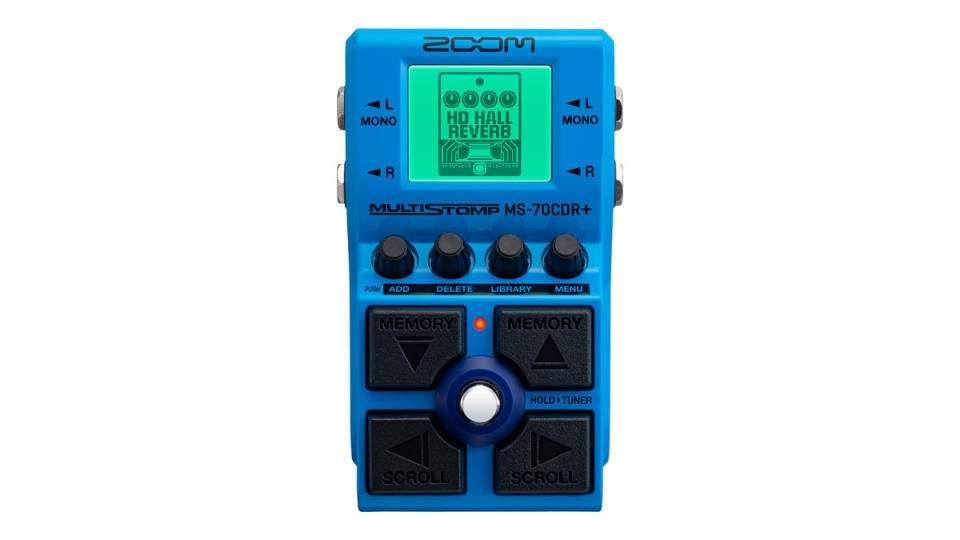
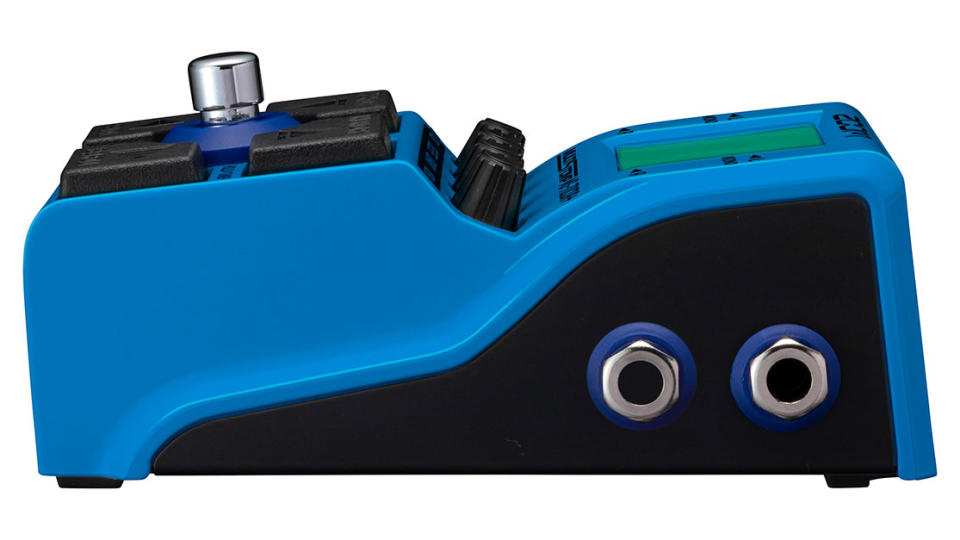
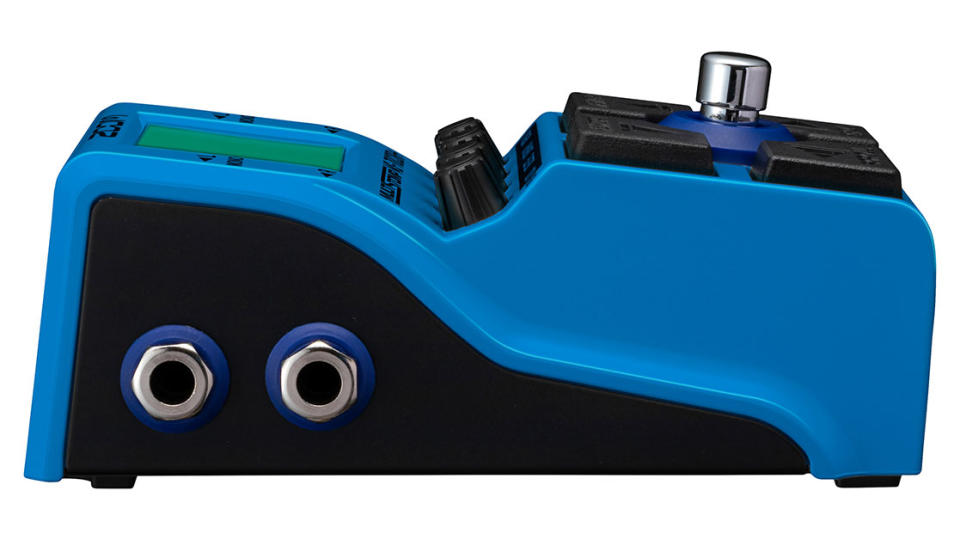
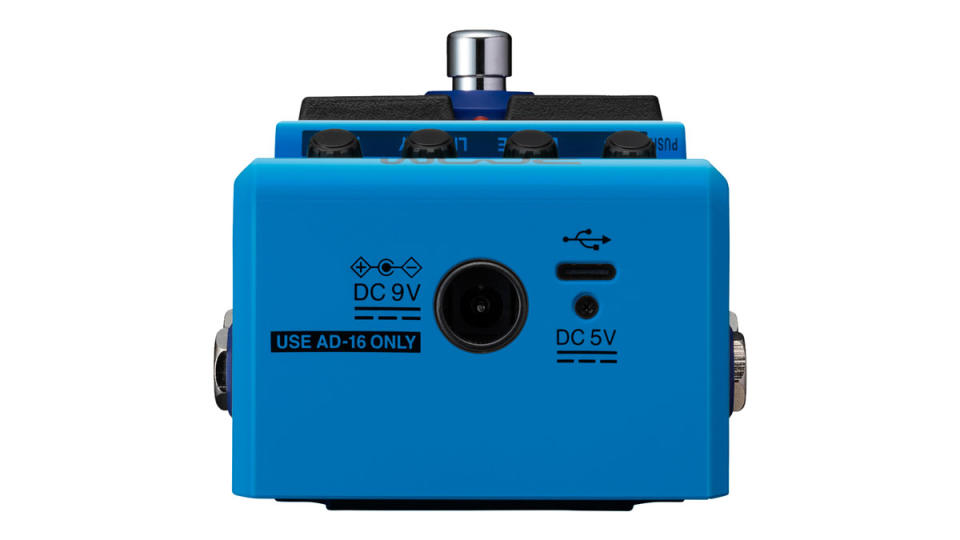
But there’s also a way to avoid such tap-dancing routines, as Zoom has added one of MultiStomp fans’ most-requested features: MIDI patch changes are now a possibility via USB (a feature, it should be said, that was excluded from the recent MS-50G+).
Other tweaks include a newly color-coded LCD screen to make it easier to see which effect category you’re scrolling through, while the onboard tuner – accessed by holding the footswitch – makes use of colors to tell you when you’re in tune. Cute. Zoom is also working on a Handy Guitar Lab app for iOS to make patch-building even easier, although that’s not quite ready yet.
Otherwise, the familiar MS-70CDR hallmarks are present and correct: full stereo operation, a metal chassis, and the option of AA battery, USB or 9V power.
It’s been over 10 years since the original MS-70CDR was released, and it is facing increased competition these days – not least from Line 6, whose compact HX One is well-catered for ambient players.
However, Zoom does have two advantages over its rival. One is its smaller, single-footswitch chassis. The other is that temptingly lower price tag, which at $149 is half that of Line 6’s offering (and works out at $1 per effect).
The MS-70CDR+ launches in Q2 2024, and is available to preorder now from Sweetwater.

